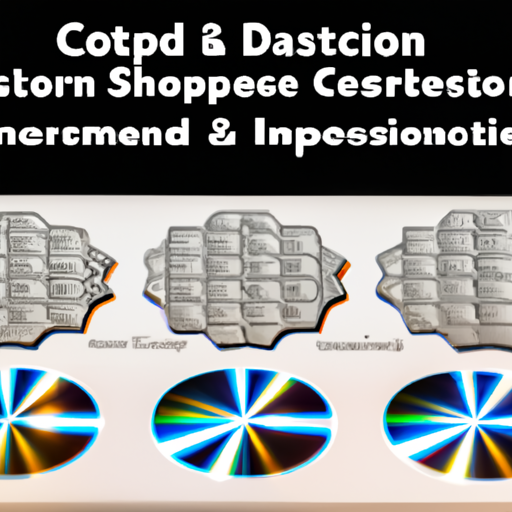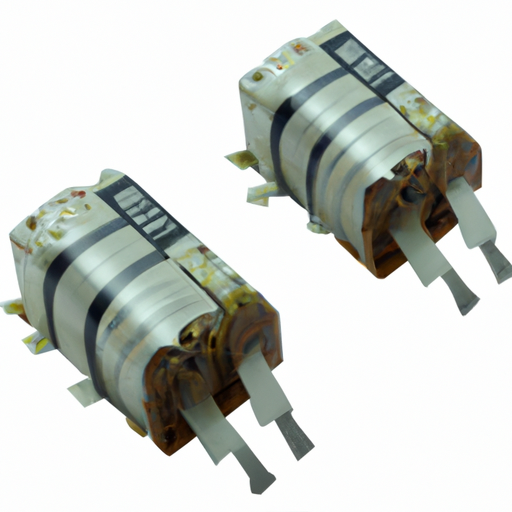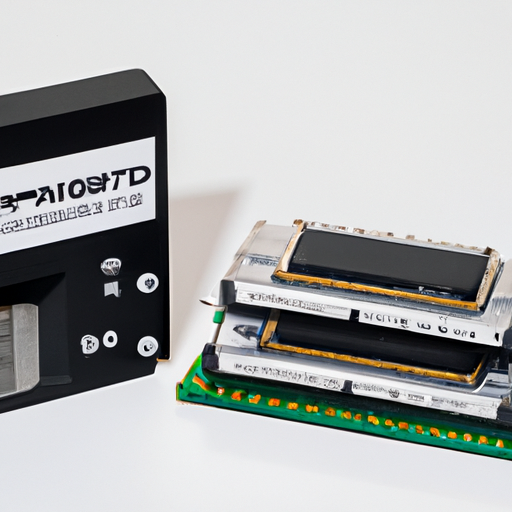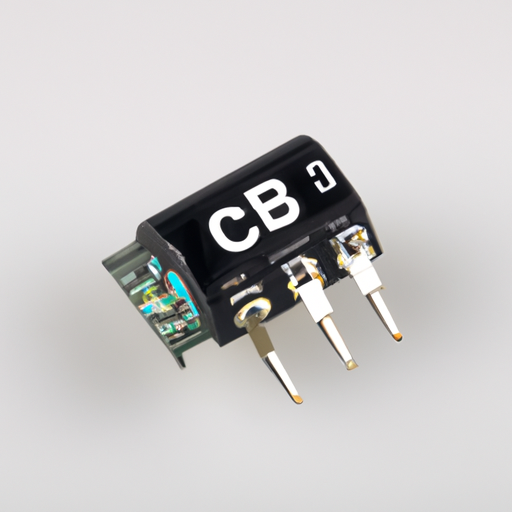application development in Photo Detectors - CdS Cells for CFR-50JB-52-130R: key technologies and success stories
Application Development in Photo Detectors: CdS Cells and CFR-50JB-52-130R
The use of Cadmium Sulfide (CdS) cells in photo detection has evolved significantly, leading to innovative applications across various industries. The CFR-50JB-52-130R model, while not specifically detailed, represents a category of photo detectors that leverage the unique properties of CdS cells. Below, we explore key technologies and notable success stories that highlight the impact of CdS cells in application development.
Key Technologies in CdS Cells
1. Photoconductivity: CdS cells function based on photoconductivity, where the material's electrical conductivity increases when exposed to light. This fundamental property is crucial for light-sensing applications.
2. Sensitivity to Visible Light: CdS cells are particularly sensitive to visible light, making them ideal for applications that require precise light detection, such as in photography and environmental monitoring.
3. Microcontroller Integration: The integration of CdS cells with microcontrollers allows for advanced data processing and control. This capability enables the development of smart systems that can react dynamically to changes in light conditions.
4. Output Versatility: CdS cells can provide both analog outputs (varying resistance) and digital outputs (binary on/off), making them adaptable for a wide range of applications, from simple light switches to complex sensor networks.
5. Energy Efficiency: With low power consumption, CdS cells are well-suited for battery-operated devices, contributing to the development of energy-efficient solutions in various sectors.
6. Durability Enhancements: Recent advancements in protective coatings and encapsulation techniques have improved the resilience of CdS cells, allowing them to perform reliably in diverse environmental conditions.
Success Stories and Applications
1. Automatic Street Lighting: CdS cells are integral to automatic street lighting systems, where they detect ambient light levels to control the operation of streetlights. This application not only enhances public safety but also leads to significant energy savings.
2. Solar-Powered Garden Lights: Many solar garden lights utilize CdS cells to determine when to activate lighting at dusk. This application has gained traction in residential landscaping, promoting sustainable energy use.
3. Photography Exposure Meters: Historically, CdS cells were widely used in exposure meters for photography, helping photographers gauge light levels and set appropriate exposure times for optimal image quality.
4. Agricultural Light Monitoring: In agriculture, CdS cells are employed to monitor light levels in greenhouses, enabling farmers to optimize conditions for plant growth and improve crop yields.
5. Consumer Electronics: CdS cells have found their way into various consumer electronics, including alarm systems and light-sensitive toys, enhancing functionality and user engagement.
6. Environmental Monitoring: CdS cells are utilized in systems designed to monitor light pollution, providing valuable data on the effects of artificial lighting on ecosystems and wildlife.
7. Smart Home Integration: The rise of smart home technology has seen CdS cells integrated into devices that adjust indoor lighting based on natural light levels, improving energy efficiency and user comfort.
Conclusion
The application development landscape for CdS cells, including models like the CFR-50JB-52-130R, illustrates the versatility and effectiveness of these photo detectors across multiple domains. Their ability to respond to light changes, combined with ongoing technological advancements, has led to innovative solutions that enhance energy efficiency, improve safety, and promote environmental sustainability. As the field continues to evolve, the potential for new applications and enhancements in CdS cell technology remains promising, paving the way for future innovations in light detection and sensing.






